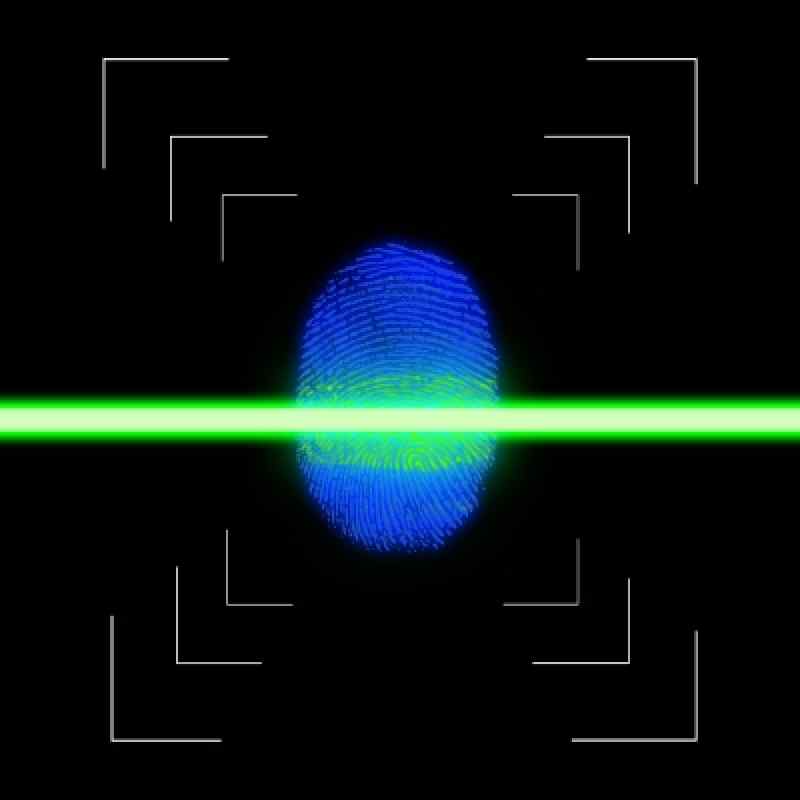Submitted by administrator on
A new treatment that takes only 90 seconds to administer, called Lasik Xtra, now promises to make the process of laser eye surgery less risky, almost entirely negating the possible risk of common complications linked to the procedure namely corneal ectasia, regression of sight and epithelial ingrowth.
Ophthalmic surgeon Bobby Qureshi, has pioneered the new technique at the London Eye Hospital. The procedure uses eye drops and ultra violet light, and Dr Qureshi hopes it will become available country-wide very soon.
The risk of developing serious complications from laser treatment has been virtually reduced to zero.
The Laser eye surgery removes corneal tissue to alter its shape. LASIK - which stands for Laser-Assisted In-Situ Keratomileusis - is the most common surgical procedure where anaesthetic drops are given direct to the eye, before a small flap incision is made on the surface of the cornea using a hand-held femtosecond laser device. A laser is then used to remove the corneal tissue before the flap is replaced.
The LASIK Xtra therapy can be used across the board with all laser eye treatments, despite its name . It cross- links fibres within the cornea making them stringer by being thicker and more resilient. The eye drops used after lasering contains Vitamin B2 and then activated by using UV light, negating the three common side effects after normal laser surgery.

